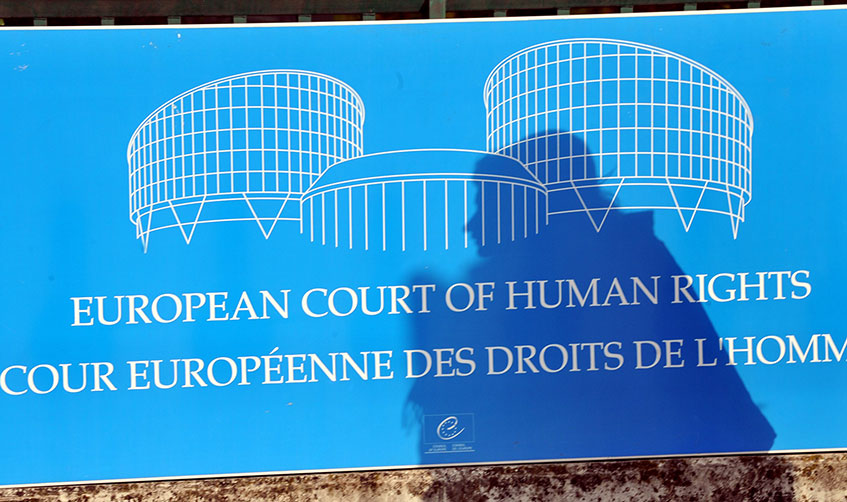The Law Commission has published its report on the various options for reducing the premiums payable in leasehold enfranchisement claims. Nicola Muir evaluates the detail
It’s here. The eagerly anticipated report from the Law Commission on valuation in leasehold enfranchisement was published on 9 January 2020. The Commission was tasked with putting forward options for making valuation methods simpler and reducing the cost of obtaining a lease extension or collectively enfranchising.
Readers of my article Valuation under evaluation: proposals for reform on EGI on 16 October 2018 (also in 20 October 2018 issue of EG, page 70) will know that the Law Commission’s Consultation Paper suggested four methods of revising the valuation methodology – two simple formulae and two which are variations on the current methodology. There are now three options with various sub-options on the table. The Commission has stressed that its remit was to set out options for reform; it is a matter of political judgment for the government to decide which, if any, of the options should be adopted.
In the case of a flat, the current legislation provides for a lease extension of 90 years at a peppercorn rent. The price to be paid for that extension is made up of three elements:
- the value of the right to receive the ground rent for the remaining term of the existing lease, which is referred to as “the term”; plus
- the value of the right to have the property back when the lease expires, which is referred to as “the reversion”; and
- in the case of leases with more than 80 years left to run, half of the “marriage value”.
Marriage value is the sum which reflects the fact that the value of owning the freehold outright is worth more than the sum of the freehold and leasehold interests in separate ownership. The shorter the lease, the higher the marriage value. In a collective enfranchisement, the tenants may also have to pay development value and “hope value”. Hope value is the sum which a hypothetical purchaser of the freehold might be willing to pay to reflect the “hope” that one or more of the non-participating leaseholders may wish to purchase a lease extension in the future.
The proposals
Leasehold lobbyists will be disappointed to learn that the two simple formulae proposed in the consultation paper have been rejected outright. The Commission concluded that a valuation method based on 10% of the freehold value of the flat or on, say, 10 times the ground rent would be incompatible with human rights law and open to challenge.
Article 1 of the First Protocol to the European Convention on Human Rights (A1P1) states that no one shall be deprived of his possessions unless sufficient compensation is paid to reflect their legitimate property interests. An arbitrary figure bearing no relation to the actual value of the landlord’s interest would not satisfy this test. It is not, though, necessary for landlords to be provided with full market value for their interest to be compliant, so the Commission has included proposals which might result in the landlord being paid less than the true worth of its reversionary interest.
The report sets out three alternative options for calculating the premiums payable on enfranchisement. Within those schemes there are a series of sub-options for reform. All three schemes provide for payment to the landlord in respect of “the term” and “the reversion”, so the real question is whether marriage value or hope value should be payable in addition.
Scheme 1
Scheme 1 would result in the greatest reduction in premiums as it would abolish the requirement to pay marriage value; the premium for a lease extension would be the sum of the term and the reversion. This would be achieved by introducing a statutory assumption that the leaseholder was not in the market at the time the premium is calculated and will never be in the market. Development value might still be payable on a collective enfranchisement but, as the leaseholder himself would not be in the market, it could be less than under the current law. For example, landlords often claim an uplift to reflect the value of selling the lessee of the top-floor flat the right to develop a roof void. If the lessee is not in the market, the landlord could only obtain development value in respect of the potential development if it had access to the roof space and could develop it itself.
There is some doubt as to whether the abolition of marriage value would be compatible with the ECHR. However, the Law Commission has been advised that if the aim of the legislation is the wholesale reform of UK property law affecting leasehold enfranchisement and the landlord would be paid development or additional value, the risk of the scheme not being compliant with A1P1 is marginally below 50%.
Scheme 2
Under scheme 2, the price payable would be based on what a third party would be likely to pay for the freehold. It would be assumed that the leaseholder was not in the market for a new lease at the date when the premium is calculated but might be at some point in the future. The price might, therefore, include hope value. The shorter the lease, the more likely that hope value would be payable. Hope value is usually calculated as a percentage of marriage value, so it would necessitate a new table of rates setting out what discount to marriage value should be applied in order to determine the hope value. This scheme is more likely to be A1P1 compatible than scheme 1.
Scheme 3
Scheme 3 is essentially the current regime with some tweaking. Prescribed rates for some of the valuation tools used in calculating premiums could ensure that premiums are reduced and easier to calculate.

Prescribing rates
Most disputed valuation cases turn on arguments as to what “rates” should be used in calculating the premium. In order to determine the value of “the term”, the ground rent is capitalised using a “capitalisation rate” and the value of the reversion is worked out by applying a “deferment rate”.
Often, the most contentious issue is “relativity”, which is the percentage value of the existing short lease when compared with the value of the same flat as a freehold interest. It is hoped that by prescribing these rates, the valuation process will become simpler and more predictable. There could even be an online calculator so that leaseholders would know how much their lease extension ought to cost by plugging in the details of their lease.
While this is a worthy aim, the “holy grail” of the perfect graph plotting the rates of relativity has been sought for many years without success. There would, therefore, be the knotty question of what the rates should be and who would set them. If the rates are prescribed at a level intended to reflect market values, recent cases such as Trustees of Barry and Peggy High Foundation v Zucconi [2019] UKUT 242 (LC); [2019] PLSCS 183 and Mundy v Trustees of Sloane Stanley Estate [2018] EWCA Civ 35; [2018] EGLR 7, suggest that premiums would actually be higher than those achieved by applying the traditional graphs.
In order to reduce premiums, the government would almost certainly have to prescribe rates which are lower than the market rate or at the lower end of the range of possible outcomes. The further away the prescribed rates are from the market rate, the higher the risk of the scheme not being compliant with A1P1. Of course, relativity would become irrelevant if marriage value was abolished.
Treatment of ground rent
Another problem is “onerous” ground rents – a high ground rent will lead to a high premium. The Commission has suggested that there could be a cap on the level of ground rent which is taken into account when calculating the value of the term, set at 0.1% of the freehold value. This would not only simplify the calculation but would also reduce premiums.
Development value
In some enfranchisement claims, the premium may be increased to reflect the development potential of the land being acquired. In one recent case I was involved with, the landlord initially claimed £34m development value! Obviously, such claims can be something of a deterrent to leaseholders who probably have no intention of developing the block. The report concludes that, instead of paying development value, leaseholders could be given a power to accept a restriction on future development of their block instead. If they subsequently decided to develop, they could negotiate a release of the restriction with their former landlord, no doubt at a price.
Differential pricing for different types of leaseholder
It would be possible to reform the valuation regime so that owner-occupiers benefit from reduced premiums when compared with commercial investors. This would make compliance with the ECHR easier. The Commission is decidedly unenthusiastic about this proposal but, if the government wanted to reduce premiums to a level that could not be justified under A1P1, it could present a useful compromise.
So far so good. But will the government have the political will to push the reforms forward within the timescale which leaseholders are crying out for?
Nicola Muir is a barrister at Tanfield Chambers








